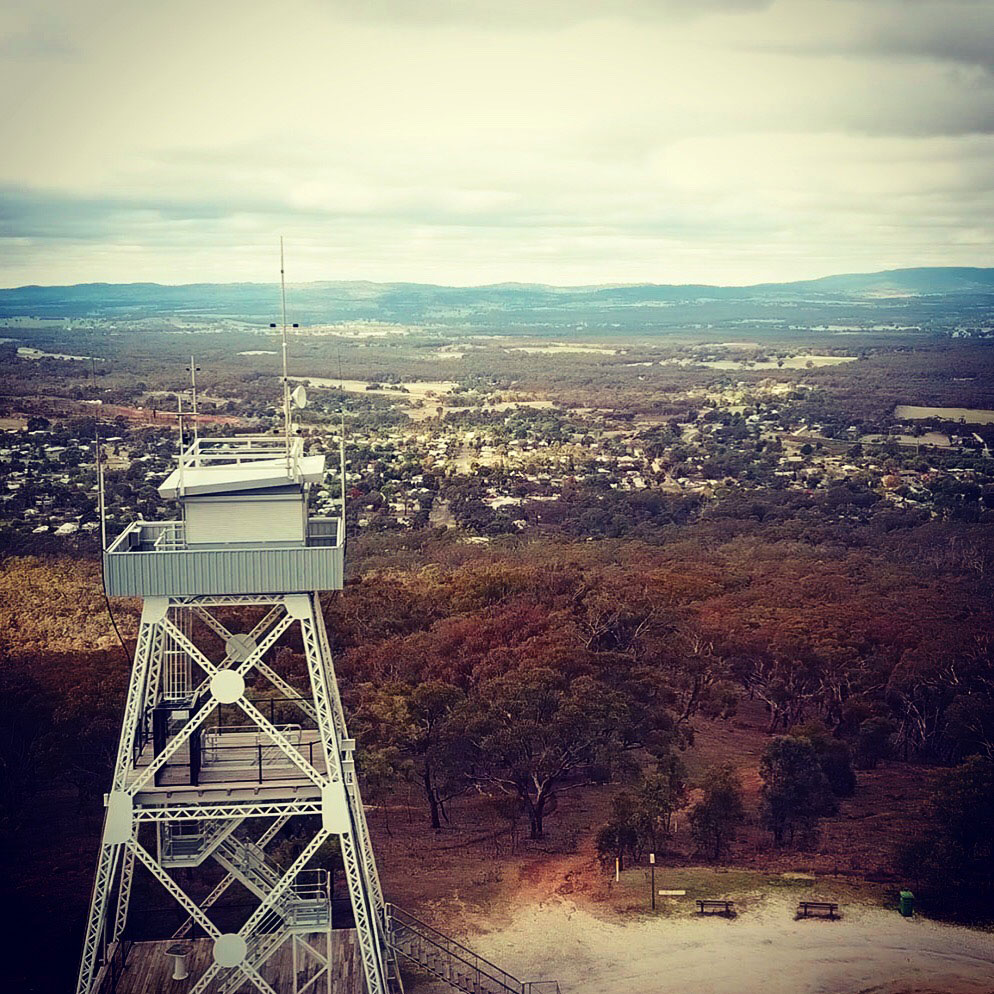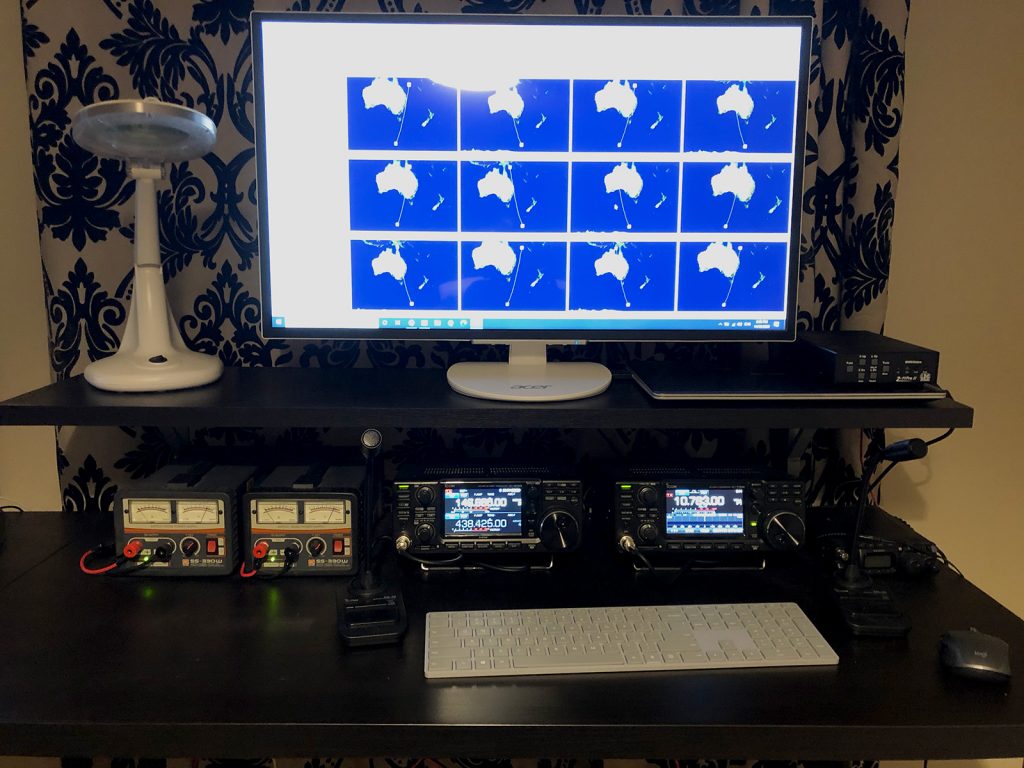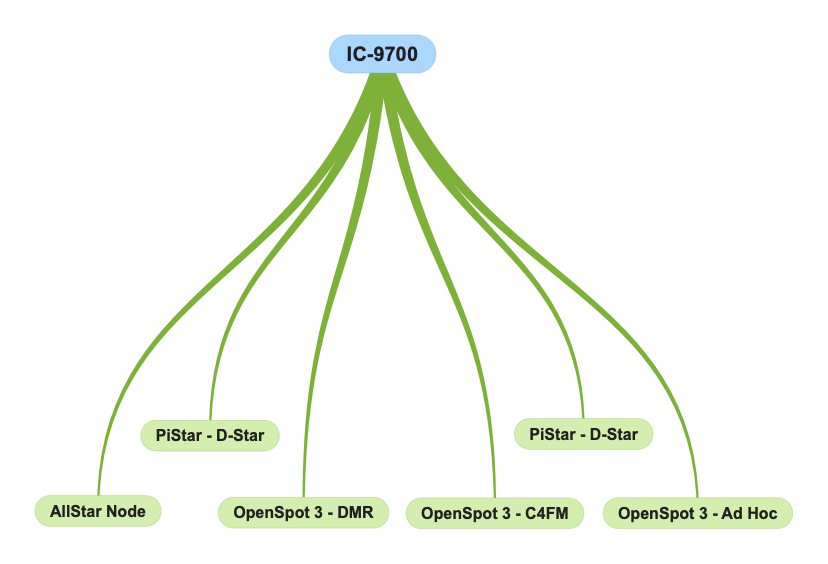Amateur radio, also known as ham radio, is a hobby and service that involves the use of radio equipment to communicate with other amateur radio operators. The amateur radio service is regulated by national governments and is available to anyone who is interested in radio communication and is licensed to operate on the radio frequencies allocated to the service.
Amateur radio operators use a variety of radio equipment, ranging from simple handheld transceivers to more advanced equipment that can communicate with other amateur radio stations around the world. They often use voice, data, and digital modes to communicate, as well as Morse code.
In addition to communicating with other amateur radio operators, many amateurs participate in emergency communications and public service events, providing a vital communications link when other forms of communication are disrupted. Amateurs also conduct experiments, develop new technologies, and participate in contests to test their skills and equipment.
Amateur radio is a fun and educational hobby that requires knowledge of radio theory, regulations, and operating practices. It offers a unique way to connect with people all over the world and to make new friends while learning about radio communication and technology.
VK3GOD
The station of VK3GOD is located in the small central Victorian country town of Maldon.

Maldon from Mount Tarrengower Lookout
Maldon has a population of approximately 1500 people and was a thriving gold mining town during the gold rush years of the mid to late 19th century. Maldon was named Australia’s First Notable Town by the National Trust for the unique features of an early Australian gold mining town which are preserved to this day.

My shack includes an Icom IC-9700 and an Icom IC-7300.
The Icom IC-9700 is the heart of my node system. I have two PiStar Nodes, three OpenSpot 3 Nodes and one AllStar Node. The PiStar nodes operate on D-Star. The OpenSpot 3 nodes operate cross mode on DMR and C4FM. A diagram of the system is below.

I also have a low power 200mW WSPR transmitter which operates most times on 10 metres, 15 metres, 40 metres and 80 metres.
You will find my station active on HF SSB & FT8. WSPR. 2 metres and 70cm analogue and digital voice modes D-Star, DMR and Fusion.
Antennas
The main HF antenna I use is an End Fed Half Wave which is 130 Feet (39.6m) long. The antenna is resonant on 80/40/30/20/17/15/12/10 meters. You can buy one of these antennas complete with transformer at MyAntennas.
For VHF/UHF I have two Diamond X30 Vertical Base antennas.
QSL VK3GOD
I exchange QSL cards directly by post. Please do not use the bureau. Please also allow time to receive a card as International Post can be very slow. If you have sent me a card and have not received one from me then please send me an email.
Club Memberships
I am a member of the following organisations.
Amateur Radio Victoria
Astronomical Society of Victoria
Bendigo Amateur Radio and Electronics Club (BAREC)
Eastern & Mountain District Radio Club
Mornington Peninsula Astronomical Society
Wireless Institute of Australia
AllStar
AllStar is a popular and innovative amateur radio technology that has revolutionized the way radio enthusiasts communicate with each other. At its core, AllStar is a Voice over Internet Protocol (VoIP) system that connects amateur radio stations, or nodes, over the internet, allowing users to communicate globally without the limitations of traditional radio frequencies or equipment.
AllStar is built on the open-source Asterisk PBX platform, which is widely used in the telecommunications industry. This foundation provides AllStar with a robust and flexible framework for linking radio nodes, enabling features such as conference calling, remote base operation, and digital voice modes.
One of the key advantages of AllStar is its ability to link disparate radio systems, such as VHF, UHF, and HF bands, into a cohesive network. This interoperability allows radio operators to connect with a diverse range of users, from local clubs to international stations, creating a global community of amateur radio enthusiasts.
Setting up an AllStar node requires some technical knowledge, as it involves configuring a computer or a dedicated device, like a Raspberry Pi, with the AllStarLink software. Additionally, users need a compatible radio transceiver and an interface to connect the radio to the AllStar node. Some AllStar nodes have a built in UHF or VHF FM transceiver.
AllStar has gained popularity for its flexibility, sound quality, and ability to bring together amateur radio operators from around the world. It is an excellent tool for emergency communication, ragchew (casual conversation), and experimenting with digital radio technologies. Whether you’re a seasoned ham operator or new to the hobby, AllStar offers an exciting way to explore the world of amateur radio.
Interesting AllStar Nodes
2195 – M0XFN Hub 1 Extended Freedom Network
2462 – Puget Sound Repeater Group
2560 – WIN System
27339 – East Coast Reflector
41223 – Hubnet
42631 – N4NJJ 449.700 MHz Las Vegas
45140 – WB2KAO • home of the 85 Ragchew Net
45525 – K9GOX/R 146.850 Alto Pass, IL
46331 – Lookout Mountain Amateur Radio Community
47970 – W3QV/R 147.03/63 PMRC Roxborough Philadelphia PA
50015 – W4KEV/ R 145.370/R Knoxville Knoxville, TN
50522 – VK Repeater Linked System
51018 – W6EK – Sierra Foothills Amateur Radio Club
51860 – Lake Washington Ham Club
52879 – DoDropIn Radio Network
472440 – W8IRA Link Repeater System
VK Radio Club
The VK Radio Club is a national online Radio Club run by myself for all Amateurs and people interested in the hobby. It was established to become a central point for up to date Amateur Radio content while moving away from Facebook.


